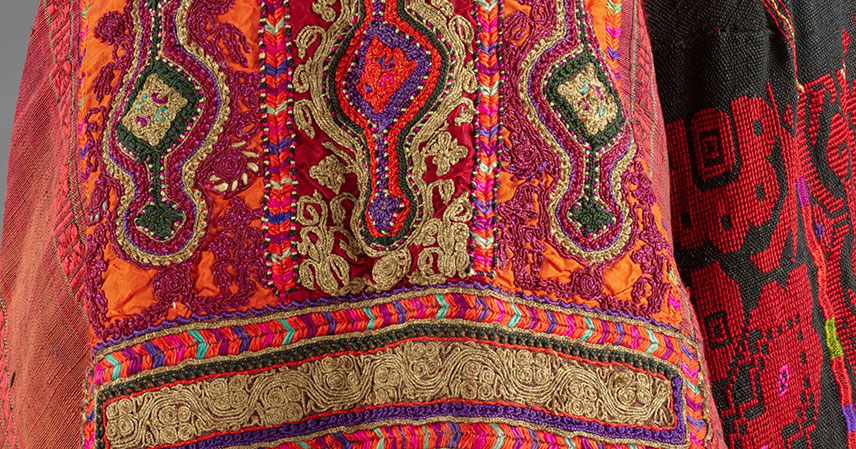A recent exhibition at the V&A Dundee, “Thread Memory: Embroidery from Palestine,” has sparked a vital conversation about historical accuracy and the representation of diverse cultures. While celebrating the beautiful art of Palestinian tatreez embroidery, the exhibition has drawn criticism from scholars Michal Friedlander and Abigail Green, who argue that the presentation omits crucial historical context and overlooks the significant presence of Christian and Jewish communities in the region.
This blog post delves into the concerns raised, exploring the complexities of historical representation in museums and the importance of acknowledging the multifaceted past of the region. We will examine the specific criticisms leveled against the exhibition and discuss the broader implications for museum curation and public understanding of history.
What Happened? 📝
The exhibition, showcasing the intricate art of Palestinian tatreez embroidery, aims to highlight its cultural significance and the stories embedded within each piece. However, scholars Friedlander and Green argue that the exhibition’s framing of the region solely as “Palestine” during the late 19th and early 20th centuries is historically inaccurate. They point out that the area encompassed diverse communities, including significant Christian and Jewish populations, whose presence is largely absent from the exhibition’s narrative.
Their concern centers on the lack of acknowledgement of this historical diversity, potentially contributing to a simplified and incomplete understanding of the region’s past. The omission, they argue, effectively erases the historical contributions and experiences of these communities.
The Importance of Historical Accuracy 📜
The debate highlights the crucial role of historical accuracy in museum exhibitions. Museums hold a position of authority, shaping public understanding of the past. Inaccurate or incomplete narratives can perpetuate misconceptions and reinforce harmful stereotypes.
Presenting a simplified version of history, particularly one that overlooks significant cultural groups, can lead to a skewed and potentially biased interpretation of the past. It’s vital that museums strive for inclusive and nuanced representations that reflect the complexities of history.
Understanding Tatreez and its Cultural Context 🧵
Tatreez, the traditional Palestinian embroidery, is undeniably a significant part of Palestinian cultural heritage. The intricate stitches and symbolic designs tell stories of family, tradition, and identity. The exhibition rightfully celebrates this art form.
However, the exhibition’s focus on tatreez, while important, should not come at the expense of acknowledging the broader historical context. The region’s diverse cultural tapestry should be woven into the narrative, rather than sidelined.
The Broader Implications for Museum Curation 🤔
This controversy underscores the need for museums to adopt more rigorous and inclusive approaches to curation. Collaboration with scholars and community members is essential to ensure historical accuracy and the fair representation of all relevant cultural groups.
Museums must actively engage in critical self-reflection to present a more complete understanding of the past, much like the recent discovery of hidden histories like Casa Susanna. This includes acknowledging their own perspectives and actively seeking diverse voices.
Key Takeaways 🔑
- The V&A Dundee exhibition on Palestinian tatreez has faced criticism for its lack of historical accuracy and its omission of the region’s diverse cultural past.
- Scholars argue that the exhibition’s focus on “Palestine” without acknowledging the significant presence of Christian and Jewish communities creates an incomplete and potentially biased narrative.
- The controversy highlights the importance of historical accuracy and inclusive representation in museum exhibitions.
- Museums must engage in critical self-reflection and collaborate with scholars and community members to ensure fair and accurate historical portrayals.
The debate surrounding the V&A Dundee exhibition serves as a crucial reminder of the responsibility museums bear in shaping public understanding of history. By embracing inclusivity and historical accuracy, museums can contribute to a more complete and nuanced understanding of the past, fostering dialogue and promoting a more equitable future.
Source: Embroidering history: the V&A should take a pluralistic approach in the Middle East | Letter



